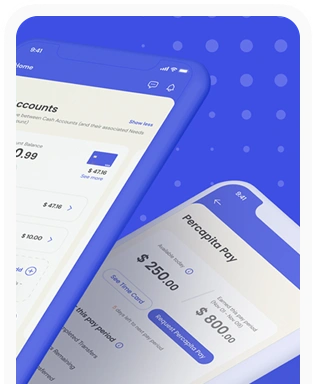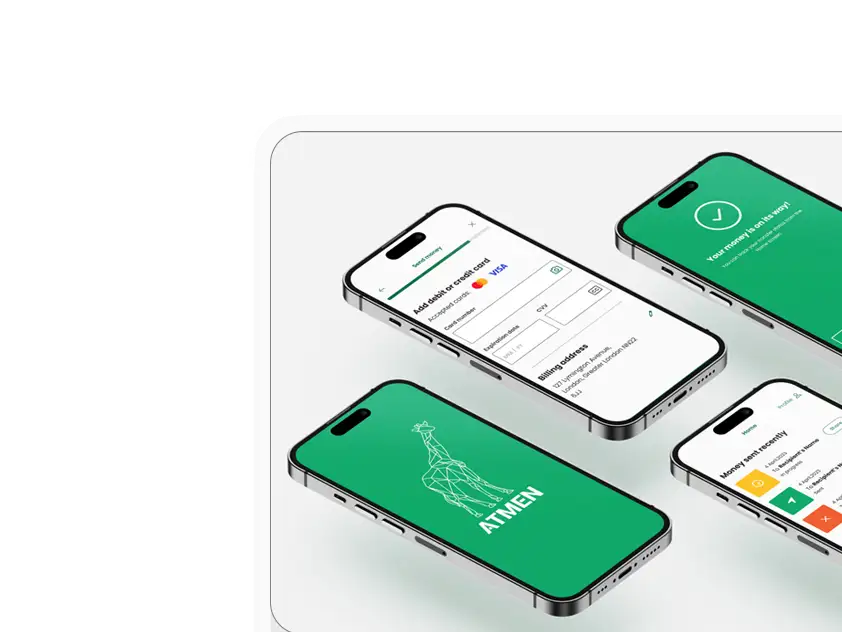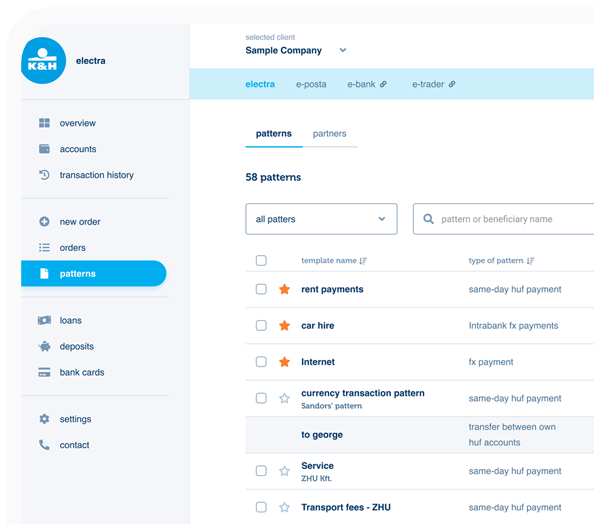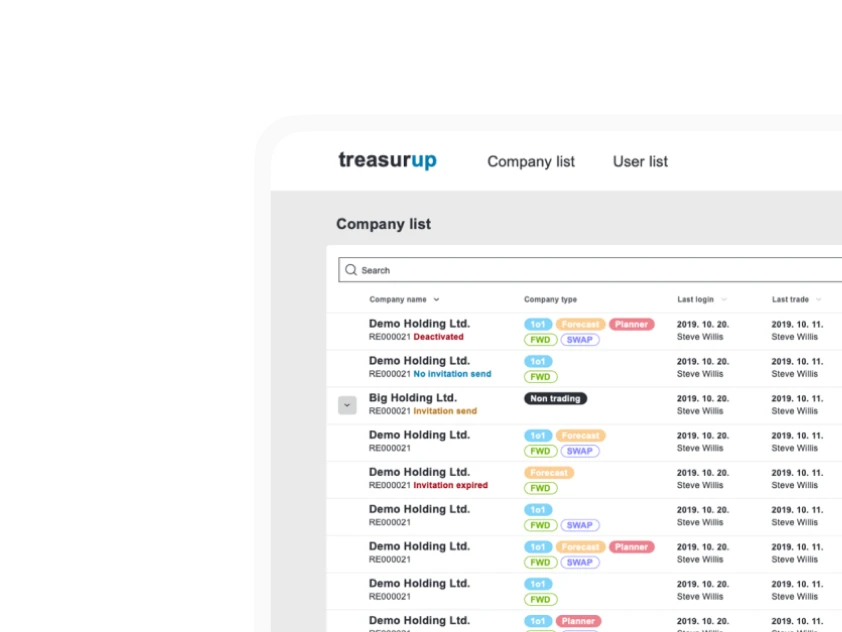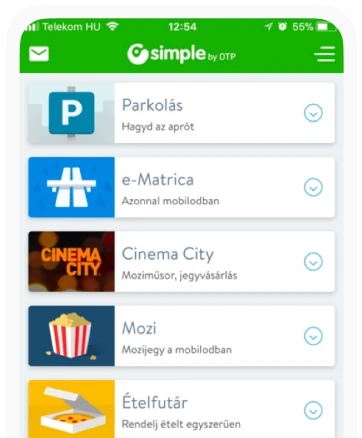Branding
The essence of branding
The essence of branding is that it should not be reduced to a single element i.e. unique visual identity, because then all other branding activities are lost. And the essence of branding goes beyond mere graphic/visual identity and can be summarised in four points:
1. Branding is an ongoing process
Branding is a perpetual process because it never stops. People, markets and businesses are constantly changing, and a brand must evolve to keep pace with change. Those that fail to adapt, whether in nature or in business, will be left behind in the competitive world.
2. Identify, create, manage
Brand building has a structured process of first identifying what your company or product wants to be for your target market, creating a brand strategy to position yourself accordingly, and then continually managing everything that affects your positioning.
3. Linked assets and activities
Your positioning needs to be translated into the tools (e.g. visual identity, content, products, advertising) and actions (e.g. services, customer service, human relations, experiences) that build and reinforce the brand and the associated brand experience in the minds of your target audience.
4. Brand perception, i.e. reputation
This is the association that an individual (customer or not) has in their mind about your brand. This perception is the result of the branding process, or lack of process.
Branding process at Ergomania
At Ergomania, branding goes beyond the strategic planning process, let alone only visual or image design activity. A logo or image without a strategy is not a brand, it is just an empty visual sign without content or emotion. And strategy (branding) is worth nothing without execution (design, audio, physical, etc.) and implementation (marketing).
Branding is the process of defining the principles on which a visual identity is built. We start with a stakeholder workshop to discuss the current and future position of the brand and the company, drawing a line between the current and future position.
This includes defining “where the brand should go”, how it should be valued, what emotional and mental connection should be developed with it (playful, serious, luxury, accessible to everyone, etc.).
Competitor and target audience analysis is also done to position the brand. This is followed by the definition of colours, names and shapes based on research and brand psychology: several versions are created, from which our clients choose the one that best suits them.
Main branding methods
Branding in practice is definitely not a single method-based process at Ergomania. It is a constantly evolving discipline that encompasses many disciplines: business management, marketing, advertising, design, psychology, etc.
Branding also has different layers, each with its own meaning and structure. It is not the same as marketing, but there are many common points between the two, which is why Ergomania uses a complex set of methods.
What do our clients gain through branding?
Through branding, our clients can make four gains:
1. Branding increases the value of their business
Branding is important when building future business in the present, and a brand with a strong foundation can increase the value of a business by giving the company greater influence in its industry.
2. Brand building brings in new customers
A good brand has no problem getting referrals from customers.
3. Improves employee pride and satisfaction
If an employee works for a company with a strong brand and really stands up for the brand, they will be more satisfied with their job and their loyalty will increase. This is also necessary to retain the best people.
4. Builds trust in the marketplace
A brand’s reputation ultimately depends on the trust that customers place in it.
What is the role of in branding?
The role of our clients during branding is to provide us with the branding elements, guides and expectations that go into branding, as well as an active partnership approach and rapid feedback on designs.
The result of successful branding
The successful branding will result in a Brand Guide document, which will contain all the results and information needed to successfully implement the branding in practice.
- Client cooperation: Handing over corporate identity, guides and expectations, Quick feedback on plans
- Deliverables: Brand Guide document

